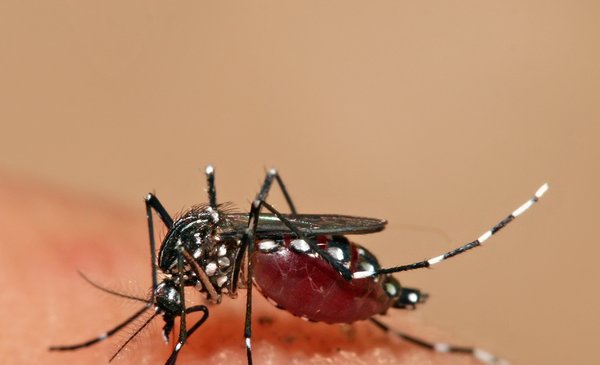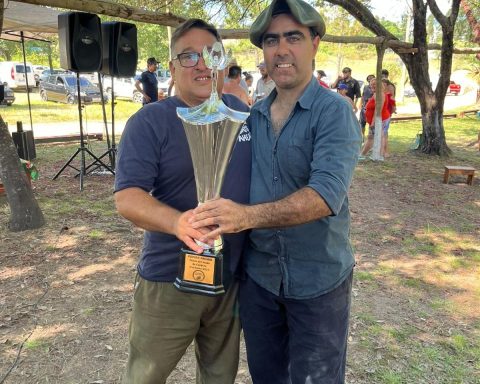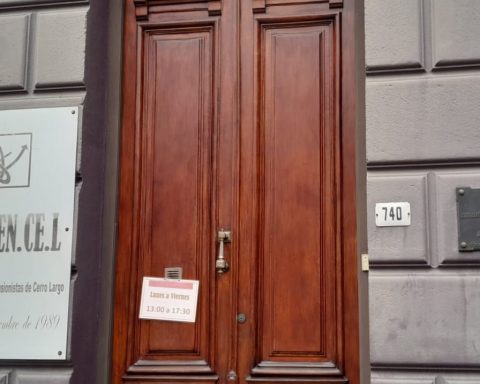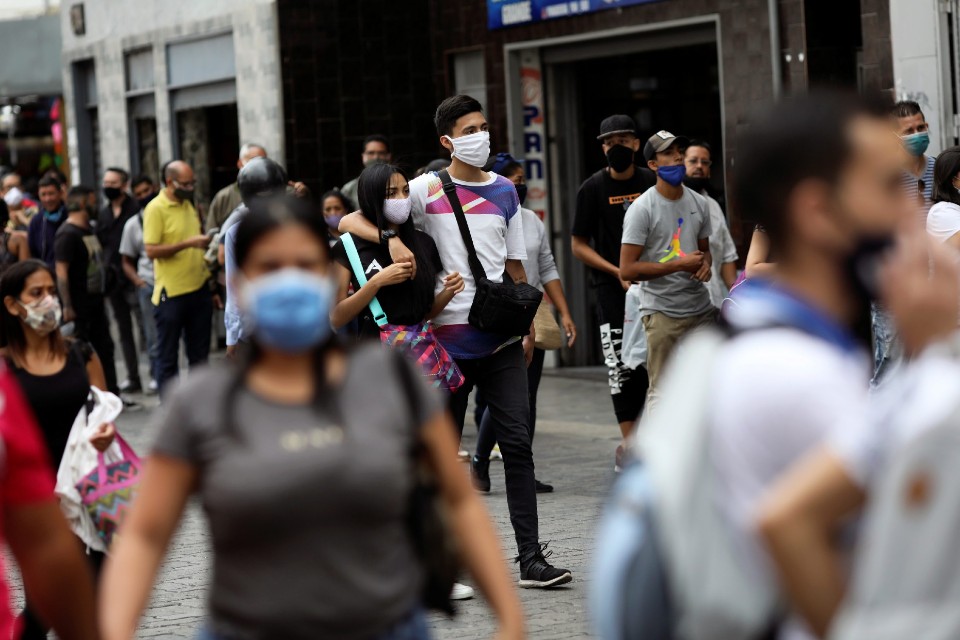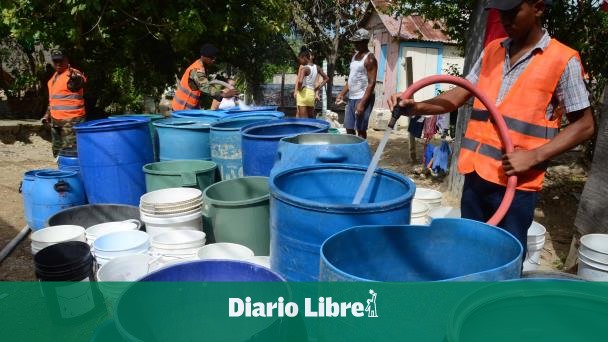In the south of Brazil, near the border with Uruguay and where thousands of compatriots take advantage of their vacations, there were records of dengue infections. The febrile disease that the Aedes aegypti mosquito usually transmits in the region is at its peak when it is hot and rainy. The rise in temperature before the summer season, as well as some neglect after the covid-19 pandemic, made in Rio Grande do Sul (bordering state) 66,741 infected were reported.
The covid-19 pandemic may have left part of the population somewhat bored with epidemiological information, but Aedes aegypti did not take leave. That led to the Brazilian Ministry of Health warned at the end of the year about the increase in transmission and the record number of deaths: 987 in the last year, 66 of which were in the state bordering Uruguay.
Diego Pintado, Rocha’s departmental director of Health, told El Observador that “in Uruguay for now there has not been a jump in cases”. According to the hierarch, “the more than 200 kilometers that separate the city of Santa Victoria from the capital of Río Grande act as a natural barrier” that prevents the rapid spread of the virus. That is to say: “the mosquito is found in Uruguay, but a priori not infected… the few cases that are found from time to time tend to be mostly imported (people who traveled and returned).
Until the end of October, and prior to the rise in temperatures, the Pan American Health Organization had reported that Uruguay detected 60 cases of dengue so far this year, 19 of which had been confirmed by the laboratory (the highest number since 2015), according to the online platform Plisa.
The lower border mobility had meant that Uruguay almost did not report imported dengue in the two years of health emergency. During that period, there were epidemics in Paraguay and northern Argentinabut Uruguay had almost no reports of new infections.
Given the increase in cases at the border, is the Uruguayan Ministry of Public Health taking any action? It is not known. So far, there have been no public campaigns like in pre-pandemic years. And the General Directorate of Health refused to respond to the query directly and requested a formal procedure (which can take up to 40 business days to respond).
The infectologist Alexandre Naime Barbosa, vice president of the Brazilian Society of Infectious Diseases, told the Zero Hora newspaper, from southern Brazil, that the numbers indicate that there was a neglect in the prevention of the disease. “The count has not yet finished completely because there are 100 more deaths that are under investigation and the record has already been broken. It is the worst year of dengue” since the infection was detected.
The increase in dengue occurred hand in hand with other infections that use the same vector: chikungunya and zika.
In Latin America and the Caribbean, dengue became known at the end of the 18th century, produced extensive epidemics in the Caribbean and in the coastal cities of the southeastern United States in the 19th century, until it became a global problem in the 20th century. From the 40s and 50s there was a progression of the disease from the Caribbean to the rest of the countries. The armed conflicts, from the Second World War, in addition to the intensification of commercial transport, created the conditions for dengue to reappear.
The first case of severe dengue, known as dengue hemorrhagic fever, was described in 1954 during an epidemic of the disease in the Philippines and Thailand. In Latin America and the Caribbean, the disease regained notoriety due to the 1981 dengue hemorrhagic fever outbreak in Cuba, followed by the second major outbreak that occurred between 1989 and 1990 in Venezuela; milestones that indicated the progressive spread of the disease as an emerging phenomenon in the region.
The accumulation of water that does not circulate is one of the preferred places for infected mosquitoes to lay their larvae and leads to an increase in viral circulation. For this reason, in addition to preventing contact with mosquitoes through the responsible use of repellent, the recommendation remains the same: “Water that you do not have to drink, let it run.”
